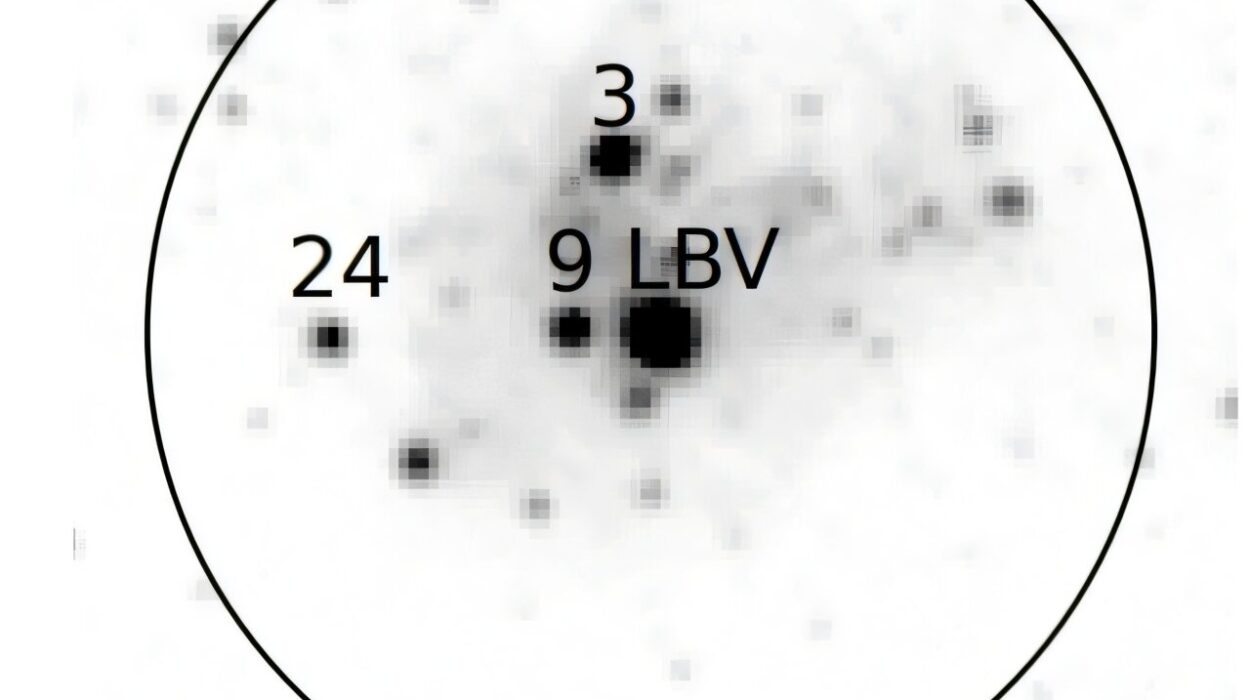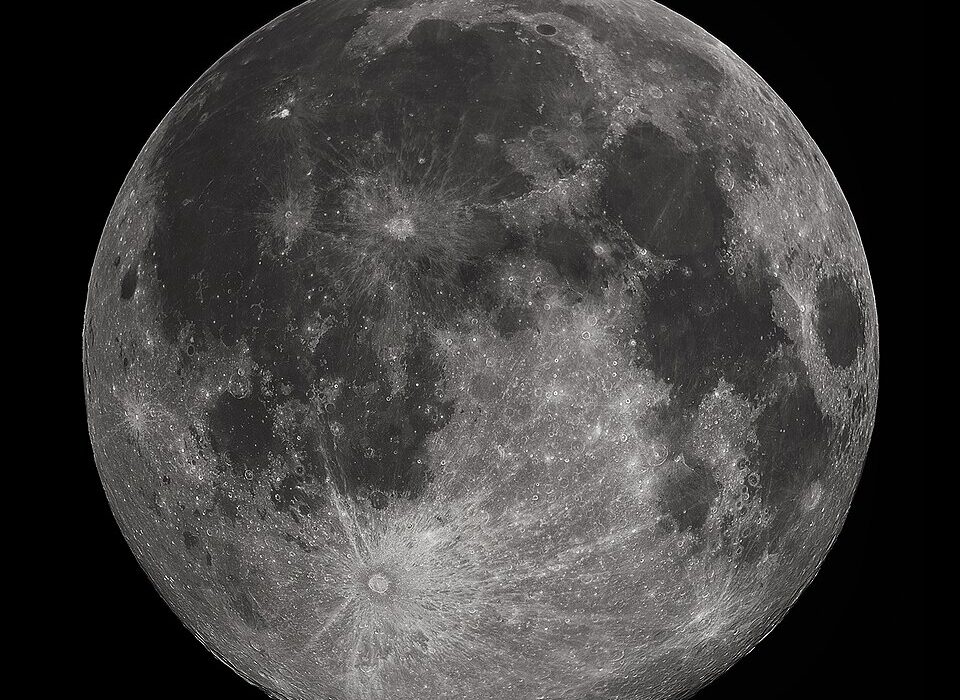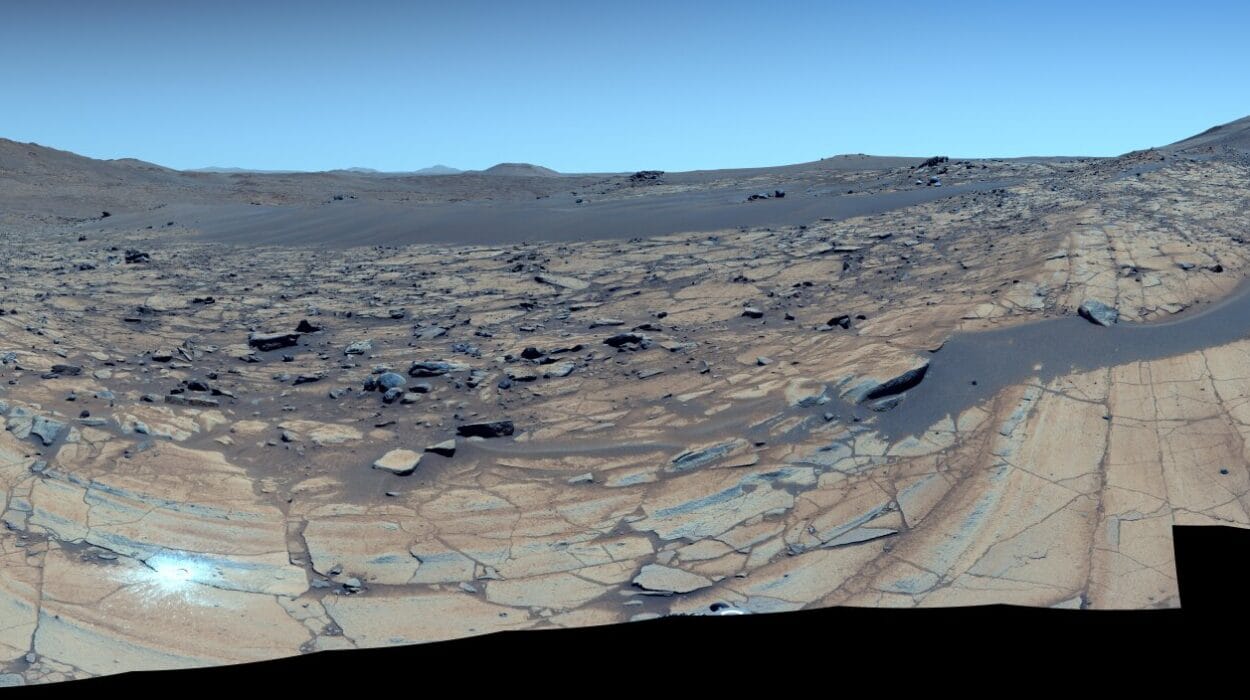In a groundbreaking study published on January 4, 2025, an international team of astronomers, led by Sanjay Baliwal from the Physical Research Laboratory (PRL) in Ahmedabad, India, has confirmed the discovery of a new exoplanet, named TOI-6038 A b, orbiting a bright late F-type star about 578 light-years away from Earth. This new alien world, identified through a signal in NASA’s Transiting Exoplanet Survey Satellite (TESS) data, is significantly larger and more massive than Earth, making it a noteworthy addition to the growing catalog of exoplanet discoveries. The findings were detailed in a preprint paper hosted on the arXiv server.
NASA’s TESS Mission and the Search for Exoplanets
NASA’s Transiting Exoplanet Survey Satellite (TESS) is a space-based observatory tasked with identifying and studying exoplanets around the brightest stars in the sky. Launched in 2018, TESS is designed to monitor over 200,000 nearby stars, searching for periodic dips in light that indicate the presence of an exoplanet passing in front of its host star—a phenomenon known as the “transit method.” This method has allowed TESS to detect thousands of potential exoplanets, a fraction of which have been confirmed through follow-up observations.
To date, TESS has identified over 7,400 candidate exoplanets (called TESS Objects of Interest or TOIs), and 591 of these have been confirmed through follow-up analysis, including TOI-6038 A b. This exoplanet represents another significant step in the quest to identify new worlds and broaden our understanding of planetary systems beyond our solar system.
TOI-6038 A b: A Giant Exoplanet
TOI-6038 A b is a massive exoplanet—approximately six times larger and nearly 80 times more massive than Earth. This makes the planet a type of “sub-Saturn” world, situated between the lower-mass “Neptunian” planets and the gas giants like Jupiter and Saturn.
The discovery was based on two observational campaigns made by TESS: the first occurred during Sector 18 in late 2019, and the second during Sector 58 in late 2022. During these periods, TESS captured a transit signal from TOI-6038 A, which was later confirmed to be of planetary origin by follow-up observations. The confirmation was made using the 2.5m telescope at the PRL Observatory, located in India, and additional data analysis that revealed the planet’s key properties.
TOI-6038 A b has a radius of approximately 6.41 Earth radii, making it significantly larger than Earth and placing it firmly into the category of large exoplanets. Its mass is estimated to be around 78.5 times that of Earth. The planet’s bulk density is measured at 1.62 g/cm³, suggesting a high proportion of dense materials, which aligns with the hypothesis that the planet has a large core surrounded by a thinner atmosphere.
The Orbital Characteristics of TOI-6038 A b
The planet orbits its host star, TOI-6038 A, at a remarkably close distance—just 0.069 astronomical units (AU), or about 6.9% of the distance from Earth to the Sun. As a result, TOI-6038 A b completes an orbit every 5.83 days, which places it in a category of hot, short-period exoplanets, similar to “hot Jupiters,” although TOI-6038 A b’s mass and size are intermediate between gas giants and Neptune-like planets.
The planet’s equilibrium temperature has been estimated to be about 1,439 Kelvin (K), or approximately 1,166°C (2,131°F). This places it in a high-temperature zone, where any surface liquids would be vaporized, making it inhospitable by Earth standards. However, the star’s properties provide clues about the planet’s potential atmosphere and composition.
Internal Structure and Atmospheric Composition
Based on their internal structure models, the astronomers propose that TOI-6038 A b has a massive core that accounts for roughly 74% of its total mass—approximately 58 Earth masses. This core is likely composed primarily of dense materials, such as rock and iron, which would give the planet its high mass and relatively high density compared to gas giants like Jupiter. The remaining 26% of the planet’s mass appears to consist of a modest hydrogen/helium envelope, suggesting that the planet does not have a thick atmosphere like those of gas giants, but rather a relatively thin, lightweight one.
This mixture of a massive rocky core and a thin envelope places TOI-6038 A b in a class of exoplanets known as “sub-Saturns,” and it occupies the transition zone between two known exoplanet population trends: the “Neptunian desert” and the “Neptunian savanna.” These terms refer to a region of the exoplanet mass-radius distribution characterized by a scarcity of planets similar in size and composition to Neptune (i.e., planets with large gaseous envelopes), particularly for planets on short orbital periods. TOI-6038 A b sits near the edge of this sparse region, with its large mass and relatively short orbital period offering important insights into how planets of this size and composition form and evolve.
The Star TOI-6038 A: A F-Type Star with a Binary Companion
TOI-6038 A is a late F-type star located about 578 light-years from Earth in the constellation of Pisces. F-type stars are generally hotter and more luminous than the Sun, with surface temperatures ranging from around 6,000 to 7,500 K. TOI-6038 A has an effective temperature of 6,110 K, which places it in the lower range of F-type stars.
This star is part of a binary system, with a K-type companion, TOI-6038 B, separated by a vast distance of around 3,217 AU. This large separation suggests that the two stars may not have a significant impact on each other’s planetary systems but rather orbit each other as distinct stars within the same system.
TOI-6038 A itself has a radius of about 0.9 times that of the Sun and a mass of approximately 0.86 solar masses. At 3.65 billion years old, the star is considered mature but still actively shining. Its metallicity, a measure of the abundance of elements heavier than hydrogen and helium, is 0.124 dex, indicating that it is somewhat metal-rich compared to the Sun. These stellar properties are important in understanding the formation and evolution of planets around the star, especially regarding the occurrence of planets with such large masses and dense cores as TOI-6038 A b.
A Step Forward in Understanding Hot Sub-Saturns
The discovery of TOI-6038 A b adds another important data point to the understanding of sub-Saturn exoplanets and planetary systems in the so-called “Neptunian desert.” Despite being quite different from Earth, TOI-6038 A b provides valuable insights into the composition and atmospheric properties of large exoplanets located close to their host stars. Future observations of similar planets may help refine our understanding of how planetary atmospheres evolve, how these planets form and migrate, and what conditions favor the development of more Earth-like worlds.
Additionally, studying exoplanets like TOI-6038 A b allows scientists to explore broader questions about the variety of planetary types that exist in our galaxy and the potential for habitable environments elsewhere. While TOI-6038 A b itself may not be a candidate for life, its discovery further contributes to the dynamic and diverse catalog of exoplanets and fuels ongoing discussions about the nature of planets beyond our Solar System.
Reference: Sanjay Baliwal et al, TOI-6038 A b: A dense sub-Saturn in the transition regime between the Neptunian ridge and savanna, arXiv (2025). DOI: 10.48550/arxiv.2501.02272






